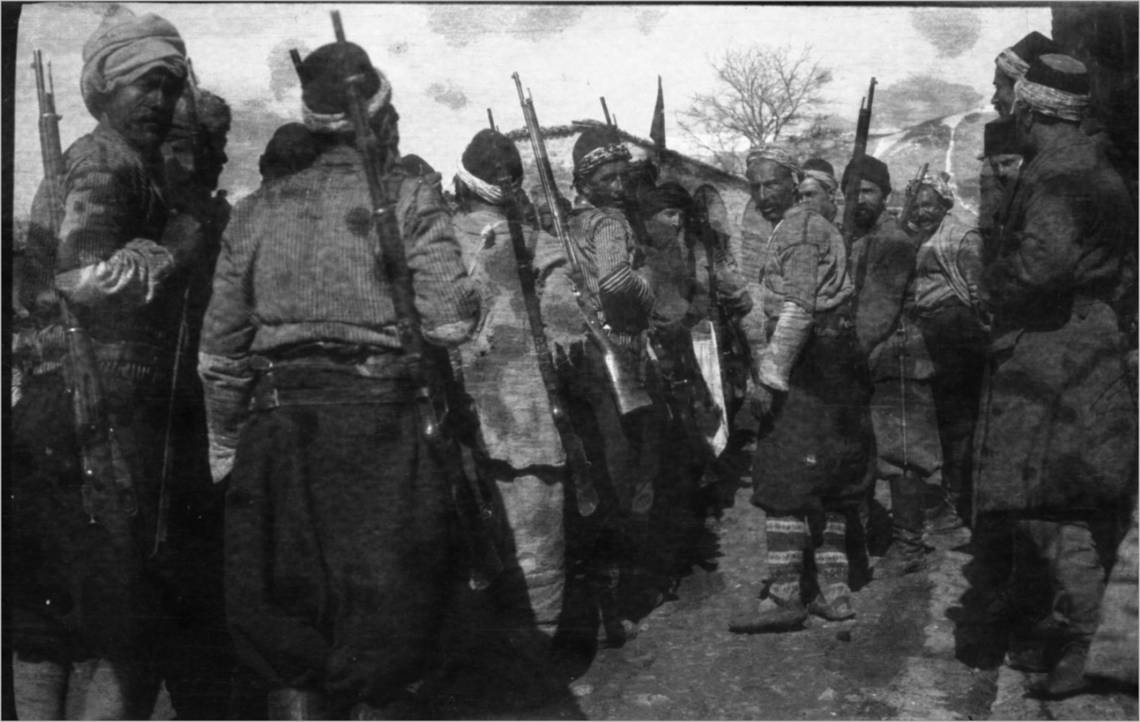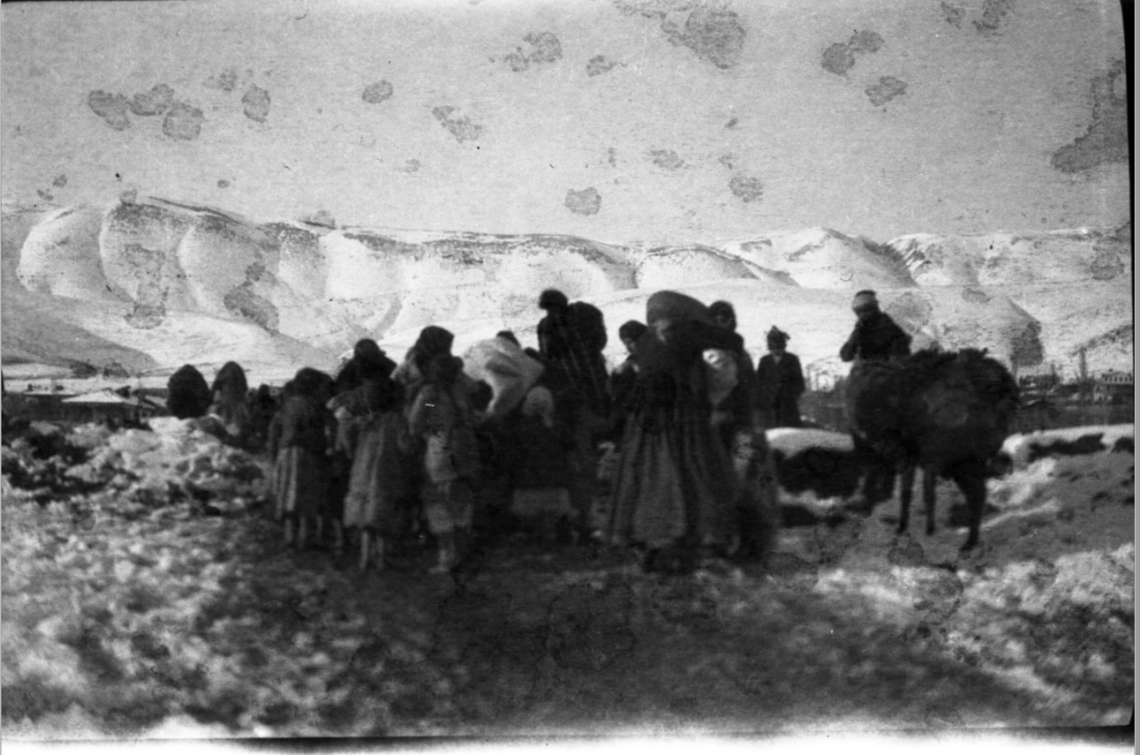
The Zoryan Institute holds a large quantity of reference and archival material, including monographs, periodicals, microfilm, photographs, memoirs, personal correspondence, and official documents. The photographs presented in this article are from the Stanley E. Kerr archives housed in the Institute. Stanley Kerr was an American Near East official who gave an eye-witness account of the tragic events which resulted in the annihilation of the Armenian population of Marash.
KM Greg Sarkissian, the co-founder and corporate president has been one of the powerhouses behind the Institute from its inception. He says that the trauma he inherited from his orphaned parents was one of the driving forces in his life. “I needed to understand that trauma, what and who caused it, why and how it was inflicted and the anger that it caused. This intergenerational trauma needed to be cured, and the anger quelled. But perhaps most importantly, I needed to tell the world about the genocide of Armenians in order to make it part of world history,” he said.
At the time of the establishment of Zoryan, Armenia was still part of the Soviet Union and the realization of an independent homeland seemed an unattainable reality for the millions of Armenians dispersed throughout the world. Like many others, Sarkissian was born outside the homeland and as he notes, was raised and educated in at least three different cultures. “This conjuncture created many different layers of my identity, and so many of the Diaspora Armenians at that time. Rooted in our Armenian heritage, it was critical to peel back these layers to find out who we were, our place in the world, and in the process, help write our own history as opposed to others defining us.”
And so began a journey that has spanned over three decades.
In 1983, the Zoryan Institute undertook a major oral history project to document the memoirs of the survivors of the Armenian Genocide. The collection contains 800 videotapes of the survivors and is one of the largest collections to date.
In 1984, the Permanent Peoples’ Tribunal held a special meeting in Paris, France on the Armenian Genocide. Zoryan provided official State Department documents containing eyewitness accounts from American diplomats and missionaries in 1915 along with contemporary photographs showing the destruction of Armenian monuments in modern-day Turkey. The Institute collected and published the proceedings from the Tribunal in a book called “A Crime of Silence.”
In 1985, the Institute published “Hitler and the Armenian Genocide,” by Dr. Kevork B. Bardakjian. It was the most intensive research undertaken regarding Hitler’s famous comment from August 22, 1939: “Who, after all, speaks of the annihilation of the Armenians?”
The Karabakh Movement in February 1988 was one of the most important events in modern Armenian history. As hundreds of thousands of Armenians in Armenia SSR and the Autonomous Oblast of Nagorno Karabakh took to the streets demanding reunification, the Zoryan Institute compiled one of the most comprehensive books at the time called “The Karabagh File.”
It contained original documents, maps, statistical data, a chronology and photographs and aimed to fill the gaps in information about Artsakh.
Among the body of academic work Zoryan has commissioned and published, several broke new ground. According to Sarkissian, one of the most important works Zoryan supported was by Wolfgang and Ingrid Gust, who over the course of 13 years painstakingly collected and published documents from the German Foreign Office Archives.
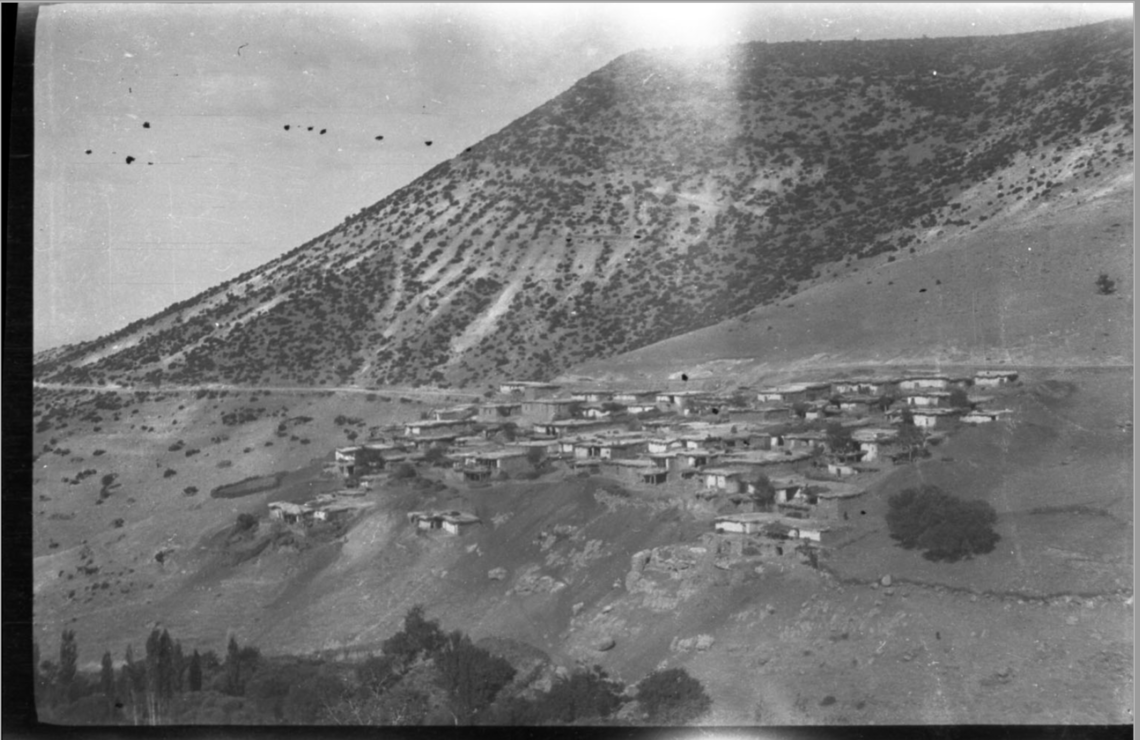
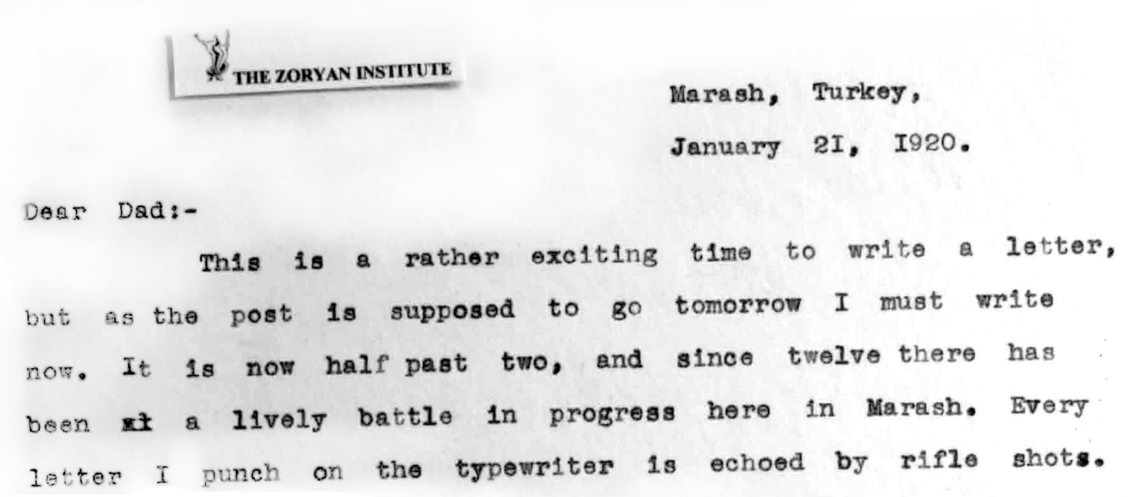
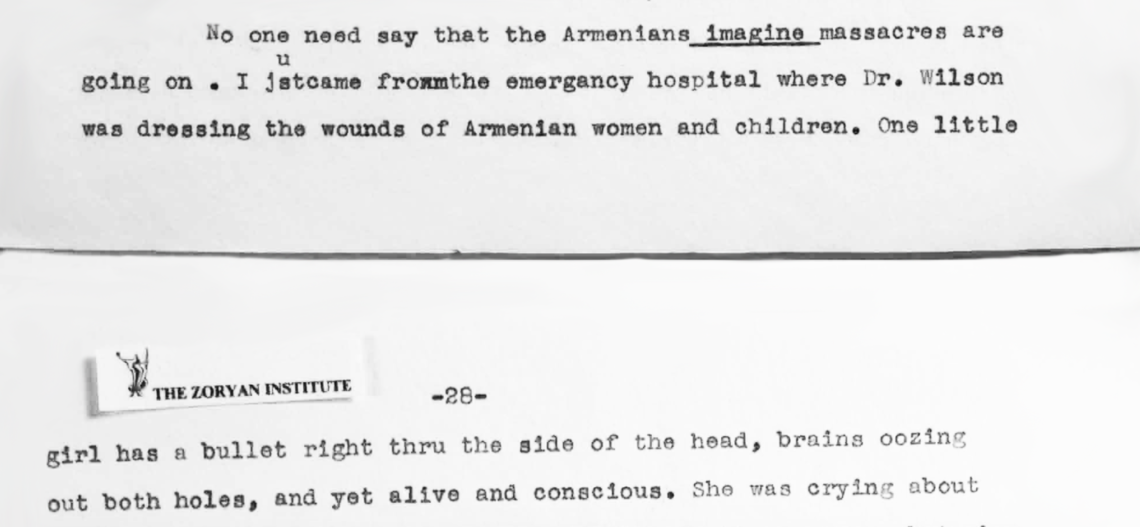
This collection, “The Armenian Genocide: Evidence from the German Foreign Archives 1915-1916” that was translated into multiple languages played a defining role in the German Parliament’s recognition of their complicity in the Armenian Genocide in 2016.

In 2011, Zoryan helped produce “Judgement at Istanbul: The Armenian Genocide Trials” by Turkish scholar Taner Akcam and Armenian scholar Vahakn Dadrian. The book provides the first-ever English translation and analysis of the Turkish Military Tribunals concerning the crimes committed against the Armenian population in the Ottoman Empire during World War I. The Tribunals’ aim was to expose and punish the organizers of the crime. Akcam and Dadrian combed through the inquiry documents and their book serves as a cornerstone for restoring accurate historical memory.
Regarding the book “The Banality of Denial” by Israeli scholar Yair Auron that Zoryan helped publish in 2003, Sarkissian says, “While numerous Jewish scholars in and outside Israel affirm the Armenian Genocide without reservation, the book explores both passive, indifferent attitudes of Israeli institutions and government, as well as active measures to undermine attempts at safeguarding the memory of the Armenian Genocide.”
Among these and many other books published, symposiums and conferences, the Zoryan Institute also has two peer-reviewed journals published by the University of Toronto Press: Diaspora and Genocide Studies International. According to Sarkissian, these two interdisciplinary and comparative journals have an immense impact in the fields of genocide, human rights and Diaspora studies. “The editors and contrbutors of Diaspora have carved out a much-needed space for the study of new transnational dispersions which in the past four decades have come to be identified as ‘diasporas.’ Equal in its force, Genocide Studies International continues to be a forum for the academic study and understanding of the phenomena of genocide and the gross violation of human rights and various approaches to preventing them,” Sarkissian explained.
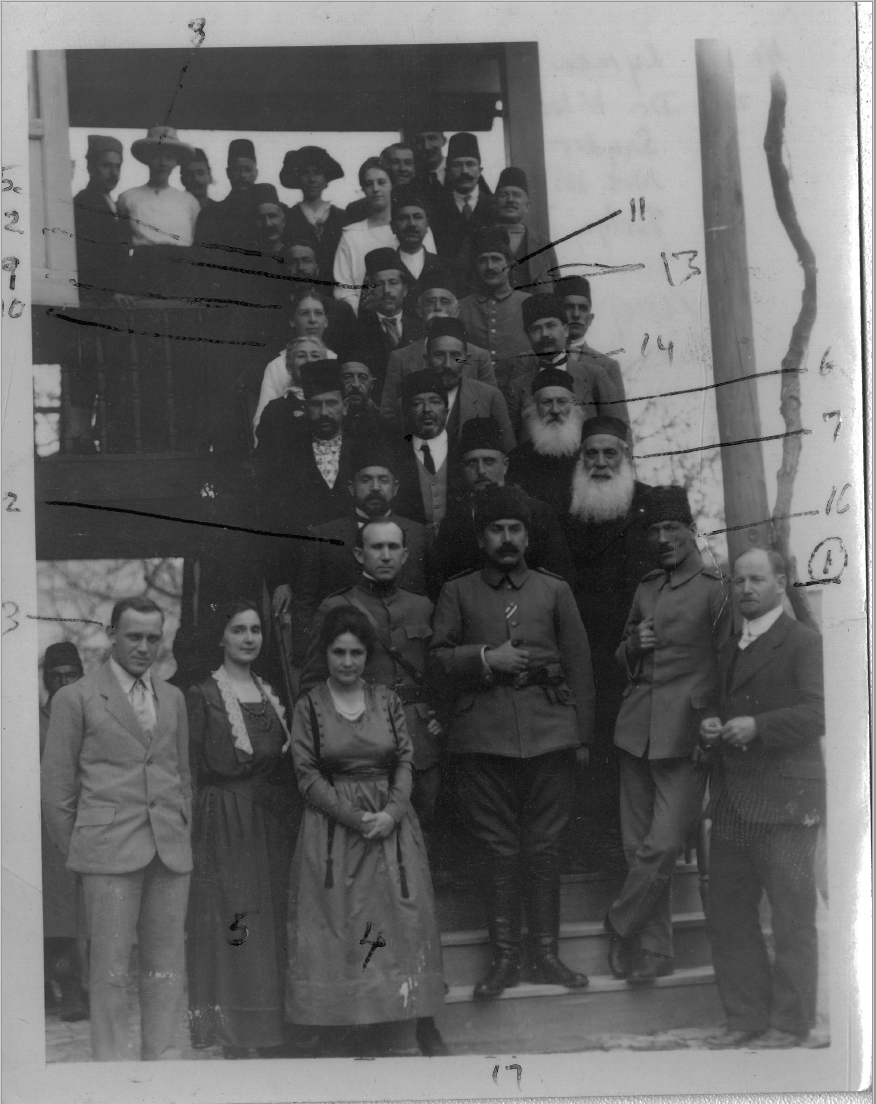

In 2002, the International Institute for Genocide and Human Rights Studies, (a Division of the Zoryan Institute) launched the Genocide and Human Rights University Program (GHRUP) in partnership with the University of Toronto. To date, more than 400 students from over 40 countries (including 25 from Armenia and 21 from Turkey) have graduated from GHRUP. “Imagine the interactions between Armenians and Turks, Hutus and Tutsis, Jews and Arabs, Muslims and Christians, all cohabiting and learning from some of the most renowned scholars in the field,” Sarkissian said. “At the start of the course, each student comes with their own prejudices and preconceived ideas about ‘the other.’ By the end of the course, they leave as humans bound by values of humanity and kinship devoid of the ‘us vs. them’ mentality.”
Today, the policy of denial by successive Turkish governments extends beyond the borders of Turkey. Sarkissian brings the example of the motion picture The Promise which faced immense distribution challenges “in the face of Turkey’s ongoing campaign to silence and deny the historical events.” Despite Turkey’s attempts to discredit the film, it is premiered around the world this past weekend.
Facing this reality, the Zoryan Institute, according to Sarkissian will continue efforts to affirm genocide, through archival material and scientific means, in every corner of the world. “Our future depends on an honest, open historical awakening and acknowledgement of the catastrophic impact that was left in the wake of the Armenian Genocide,” he noted. “Through educational programs, innovative research and original publications, Zoryan Institute strives to earn the hearts and minds of civil society in Turkey so that they themselves put pressure on their government to change the denialist narrative.”
